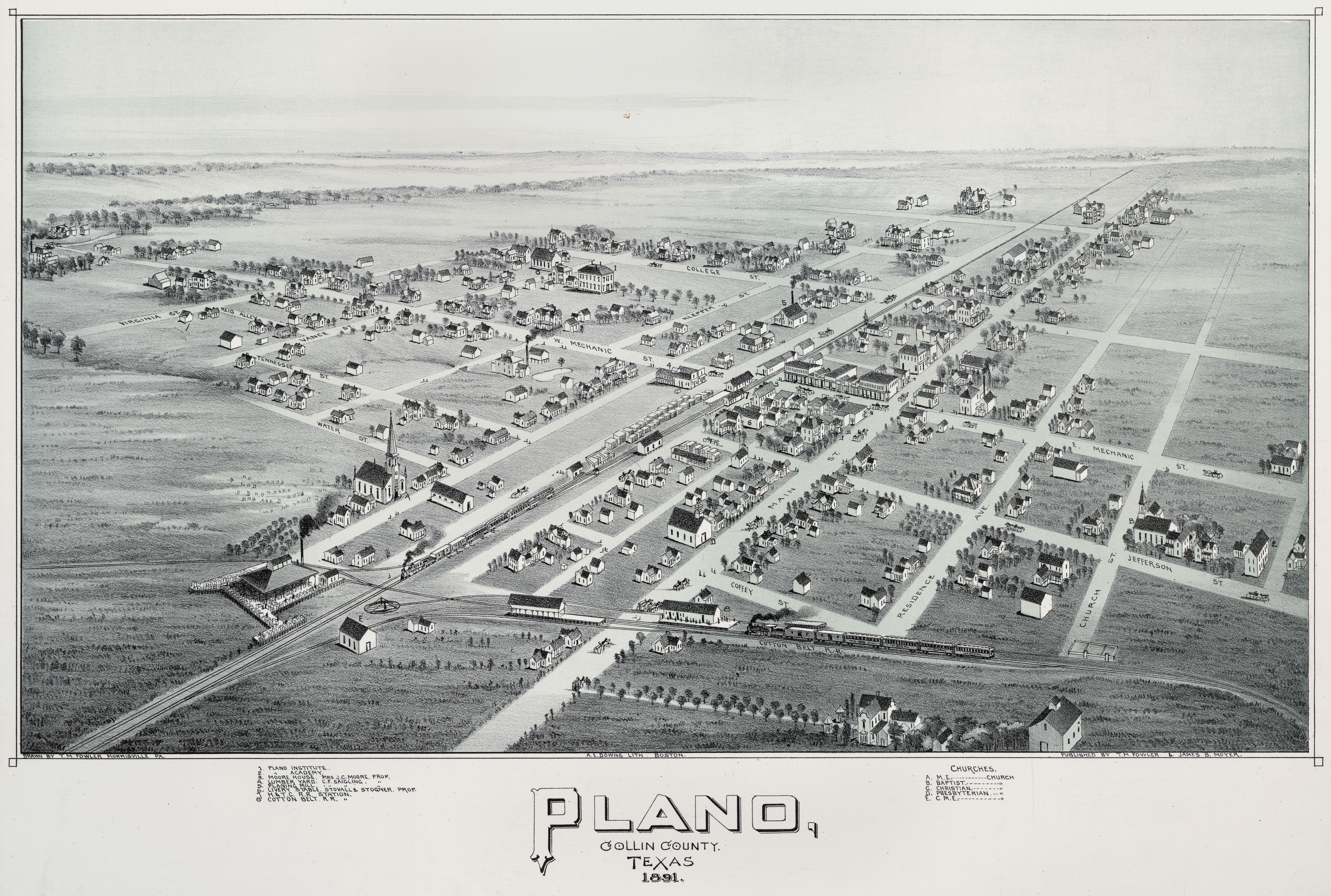On July 1, the Dallas Morning News ran a lengthy report on how Collin Country’s tremendous growth and economic success is beginning to frustrate residents. The frustrations run the gamut of the usual urban growing pains: schools are crowding, roads are crowding, land is disappearing, and increased density is changing community character. Often touted as the poster child of the genius of DFW’s singular-minded regional planning strategy — build roads to cheap land, watch fields sprout concrete — now Collin County officials and residents are feeling a little buyer’s remorse:
“They put too many apartments in too tight a space in too high a density,” anti-growth advocate Alan Samara tells the DMN. “We want them to stop.”
Unfortunately, the situation in Collin County could not have been more predictable. After all, it was designed that way. State, regional, and local transportation strategy over the past three decades has overwhelmingly supported the directing of public resources towards road-building projects that can open up new land for development. Concurrently, the regional strategy around public transit has been to direct resources towards a light rail network designed to relieve congestion on those highways. Area cities that have not contributed sales tax to public transit have instead been allowed by the state to use those tax dollars as economic development incentives to attract business relocation and new real estate development.
When you spend three decades building auto infrastructure into cheap corn fields and throwing economic development slush funds at corporations, you are going to attract growth. And if you direct the majority of your state’s infrastructure resources towards this end, while also unbuckling restrictions on zoning, you’re going to attract a hell of a lot of growth. You’re also going to get a schizophrenic built environment that will work wonderfully until growth hits a tipping point, and some of the very community values that incentivized that growth — space, schools, convenience — are eroded away.
There have been some exceptions to the rule. Addison smartly developed a community in Addison Circle, and Plano has created a few walkable hubs and town centers, all of which can absorb density efficiently and balance it with the needs of nearby single-family neighborhoods. But the rest of Collin County is a free-for-all, the market manifestation of a philosophy that makes public investment serve the interests of private investment, but fails to make private investment serve the public interest.
I feel for the residents of Collin County. They live in rapidly changing communities that look every day less and less like the places they grew up in or moved to. The growth will soon bring big-city problems to their suburban communities. Their schools will overcrowd, their commutes will worsen, and solutions will become increasingly expensive and politically difficult as land disappears. Their geographic character will make it difficult to back-in urban infrastructure, like transit, more sensible streetscapes, and shops and services located away from big-box-anchored shopping centers.
And all of these problems will only get worse in the coming decades when the new construction, built with dirt-cheap materials, will reach the end of its 25-year life span, and today’s pseudo-luxury apartments start looking shoddy and shabby. This isn’t some dystopian fantasy — it’s precisely what has already happened all over DFW, from the inner-ring suburbs to Dallas’ once swinging singles hot-spot, Vickery Meadow. It’s what happens when you allow the market to turn your community into a disposable commodity.
If anything the frustration emanating out of Collin County needs to be a wake-up call for local, regional, and state officials. It has surely been fun to turn on the growth spigot, doling out precious tax dollars for roads and business incentives and watching the tax base grow exponentially. But if DFW wants to succeed in the long run, some real planning is necessary — planning that can look holistically at the region and consider how to steer jobs, density, investment, and growth in a way that serves the area’s long-term interest and sustainability, and not planning that turns each city and suburb into a little fattened fiefdom competing against all the others.
Unfortunately, planning requires thinking, compromise, and, occasionally, restraint — not exactly qualities Texas or DFW has exhibited when it comes to urban planning and transportation.




